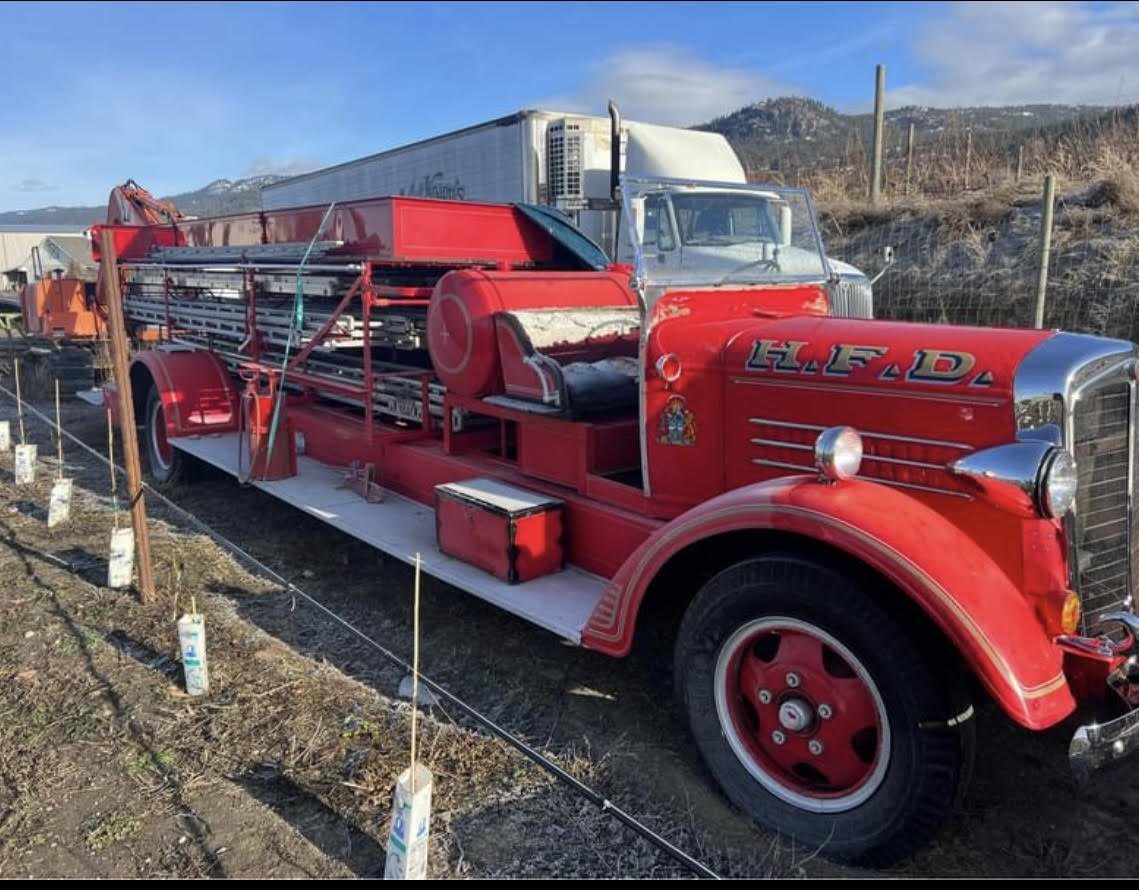Excerpts from "The Leaky Raft" A story of Deloro - Introduction
/O’Brien St., deloro, looking south to general store
Thanks to the kindness of Rev. Jim Dalton, he has allowed us to print excerpts from his book, The Leaky Raft. In a series of short vignettes, Rev. Dalton describes true life stories of two small boys who can't seem to stay out of trouble, and the importance of the whole community in raising its children.
Over the next few weeks we'll post a few of these stories, starting here with his "Introduction"
Once Upon a Time...
There is a little village, hamlet , if you will, nestled off Highway 7 between Marmora and Madoc, Ontario called Deloro. You wouldn’t know it was there save a small sign off the highway. And yet the beginning of an adventure of a lifetime takes place in this quaint, nondescript little village. Born out of its gold mining history, the war years between 1939 and 1945, and continuing through 1952, this adventure of life in this little village is captured in the story of two brothers, Jim and Dave, and a host of other players, boys and girls whose lives would become so entwined that even today, some 65 years later, each event is as real as the day they happened. Some of the names and faces you will come to know are names like Beaver, Bucky, Canary (that's me), Davy, Blockhead, Bernard Jimmy, Ally, Bobby Troy, Jimmy, Billy, Tom, Pat, and others. Then there were the girls: Margaret, Anne, Vera, Evelyn, Jean, and more. And the village of caring people who affected their lives in uncountable ways are all part of the events in the lives of Jim and Dave Dalton. Tumultuous, scandalous, mischievous, dare-devilish, desire, hope, and love are just a few words that might begin to touch on the journey of these two boys and a leaky raft, many leaky rafts, sometimes more than two built each summer. Enter this story if you wish. May it be your journey as well.
Separate school
So picture in your mind, in the spring of 1939, a 1936 Ford winding its way from Highway 7 along a country road filled with curves and little tree-lined hills scattered on either side by small farms. Names like Richardson, Henderson, Vanheukalem, Dikun, Murphy, and Johnston are etched on weather-torn mailboxes. In this car are four people: Harold Dalton, his wife, Dora, and two small sons, Jim and David, aged three and two. The car winds around a corner past a road that leads to a cheese factory, then over a little knoll, later to be known as Flashlight Hill, past a little white-frame schoolhouse, the Catholic school in town, and on the right across the road, the much larger two-room public school, whose teachers are Mr. and Mrs. Hooey. On they drive past a wood-frame town hall and the only local grocery store, operated by Mr. Haike and his wife. It's at this point the road takes a sharp left turn to go through the village and then up a steep hill out of town on to Malone. On this street, called O'Brien Street, are about forty homes, with families you will meet: Hector Boudreau, George Brooks, Sid Cheeseman, the Corrigans, the Browns, the Airharts, Mrs. Koski, the Hooeys, Alphonse Clemens, and many more, all who play a part in "raising a child."
But Harold continues straight ahead past the two town boarding houses on the left, operated by Mrs. Mclnroe, the Deloro lawn bowling green on the right, and a large, almost opulent home on the right, occupied by Colonel A.V. Yates, the general manager of the Deloro Smelting and Refining Company where Harold has come to be its secretary-treasurer. Straight ahead, as Harold turns a small corner, is the plant office building and the plant, where during the war years, 1939 to 1945 and beyond, it had become the smelter of cobalt ore and the manufacturer of stellite for the war effort. Stellite for jet engines was made from iron ore brought in from South Africa; its final journey to the plant was on George O'Neil's train, called "the Dinky."
The car and its weary occupants begin village life at their first residence, #7 O'Brien Street. Imagine, in 1939, in this little village James Dalton has running water, with a pump house right in the centre of the village, and a few still-usable outhouses scattered here and there. Every house has a huge shed at the rear and a large garden plot.
Next week: The Early Years

































